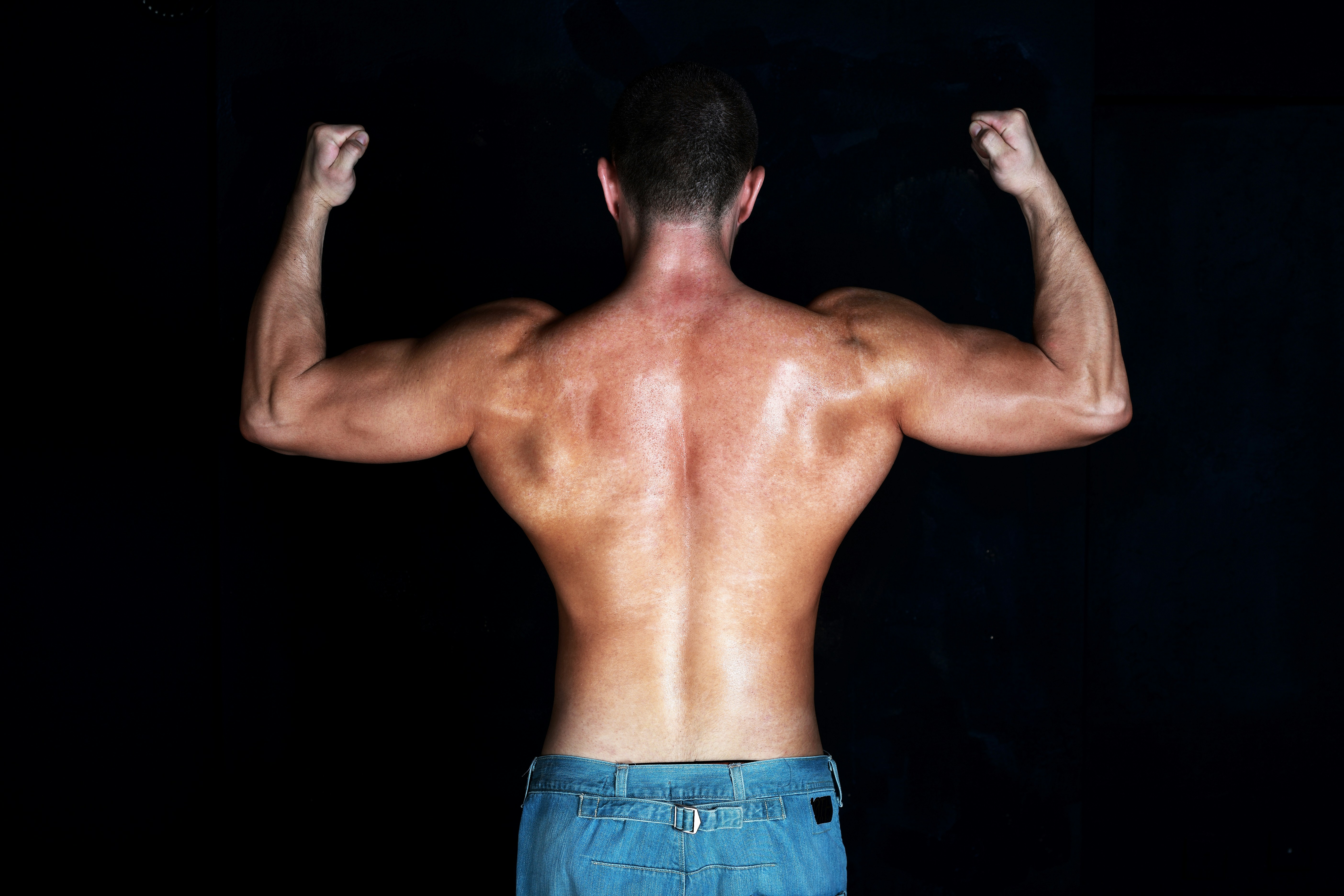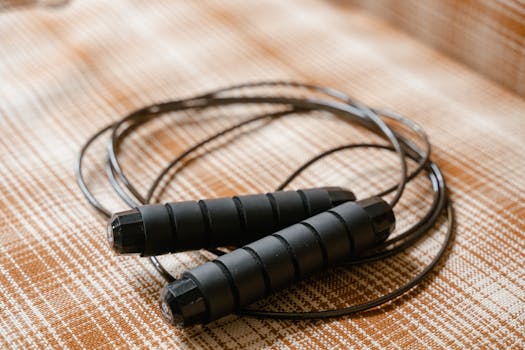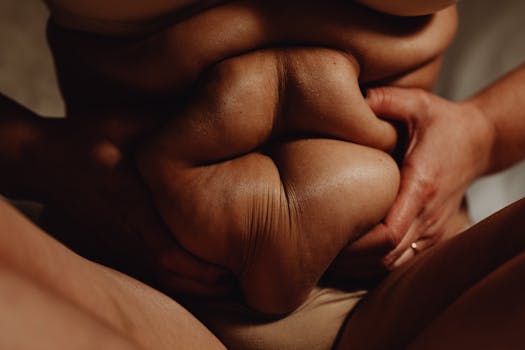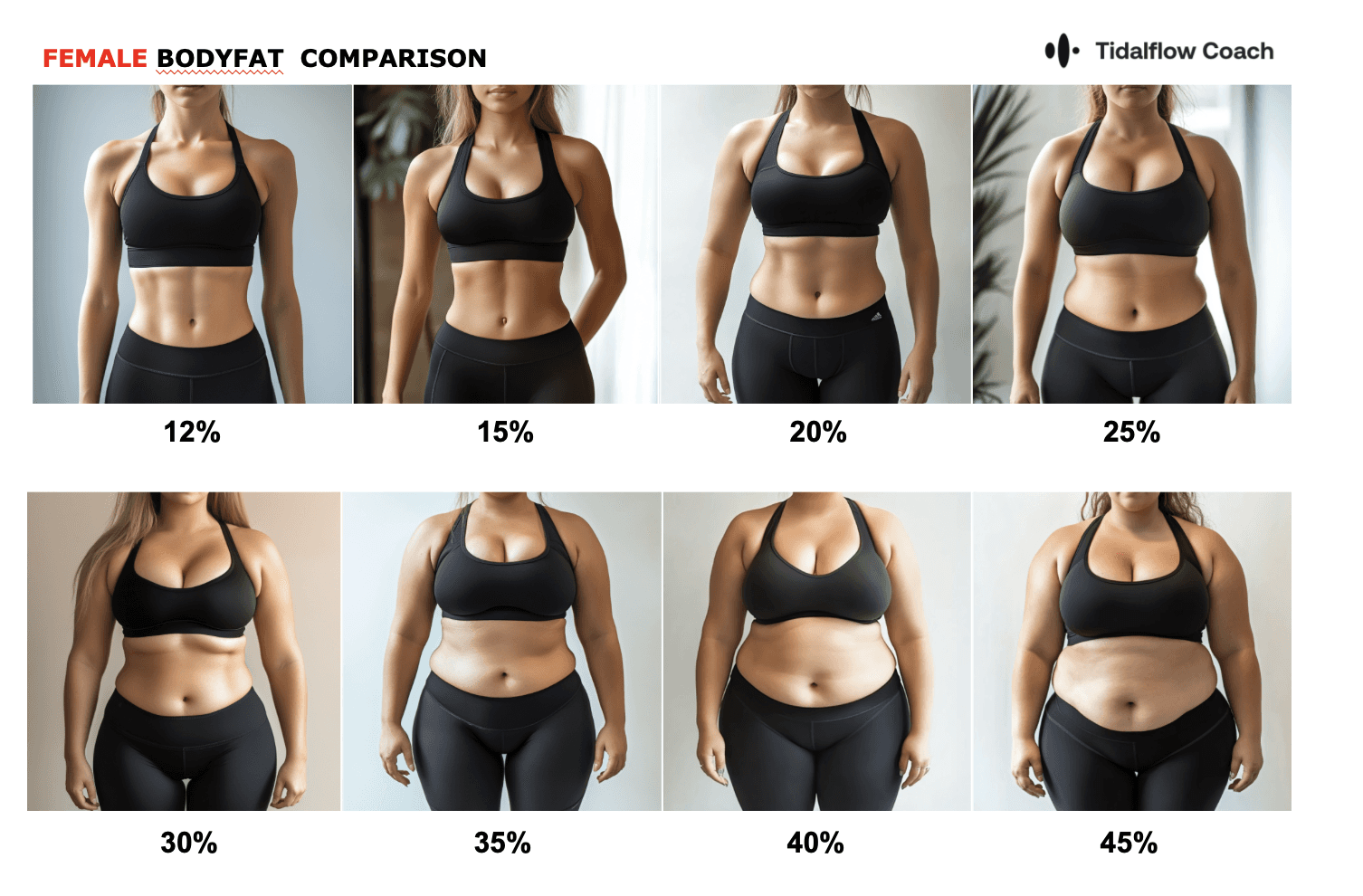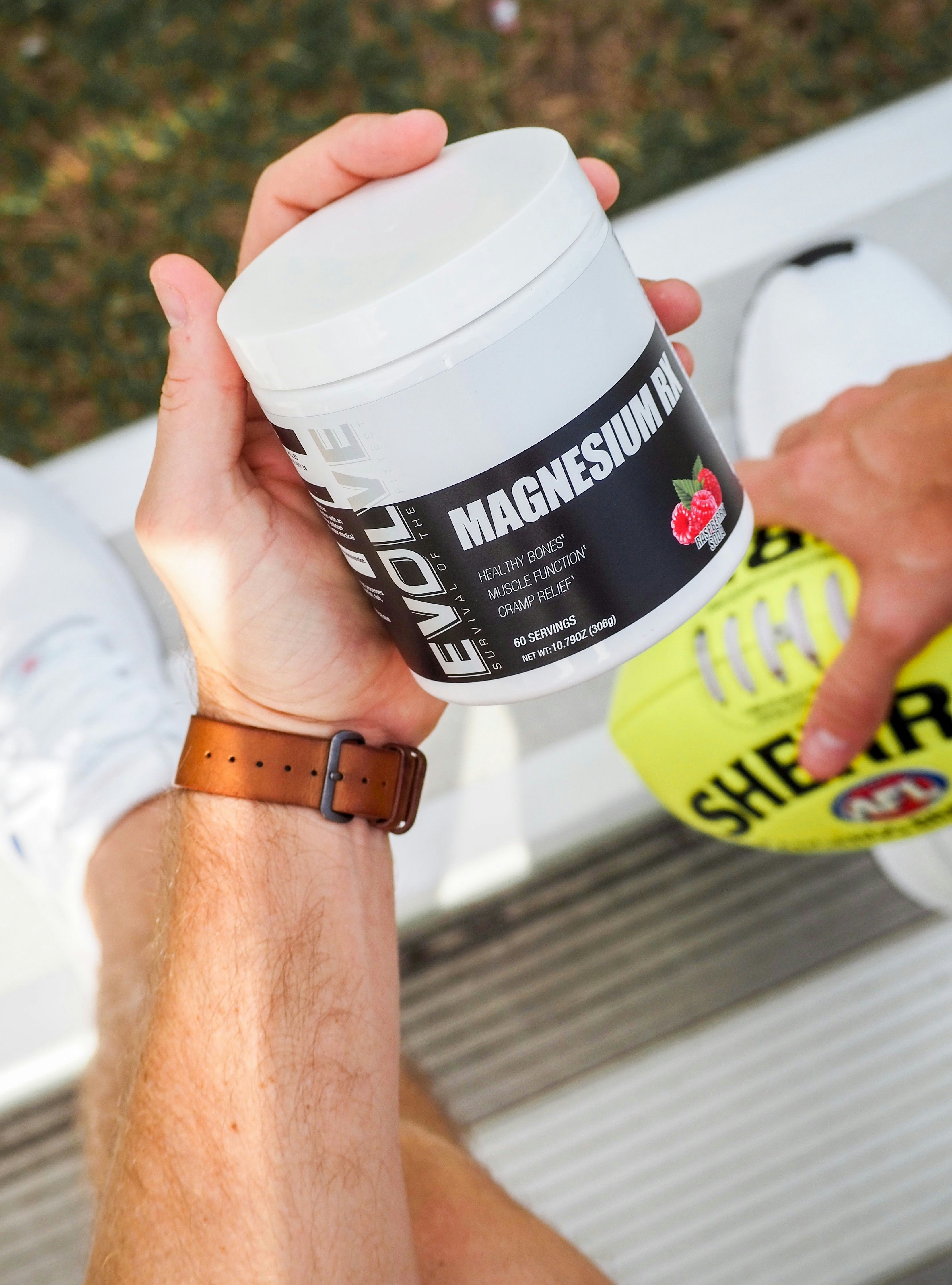Master the Close Grip Lat Pulldown for a Stronger Back
Sep 25, 2024
Are you looking to build a powerful, well-defined back? The close grip lat pulldown might just be the exercise you need to take your back training to the next level. This versatile movement targets multiple muscle groups and can be a game-changer in your fitness routine. In this comprehensive guide, we'll explore everything you need to know about the close grip lat pulldown, from proper technique to its benefits and variations.
What is a Close Grip Lat Pulldown?
The close grip lat pulldown is a strength training exercise that primarily targets the latissimus dorsi (lats), the large muscles on either side of your back. It's performed using a cable machine with a close grip attachment, typically a V-bar or a straight bar with handles close together.
What Does Close Grip Lat Pulldown Work On?
While the name suggests it's all about the lats, this exercise actually engages several muscle groups:
Latissimus Dorsi: The primary target, responsible for that coveted V-taper.
Biceps: Heavily involved in the pulling motion.
Forearms: Engaged throughout to maintain grip.
Rhomboids: Help retract the shoulder blades.
Lower Trapezius: Assists in pulling the shoulders down.
Core Muscles: Engaged to stabilize your body during the movement.
How to Perform a Close Grip Lat Pulldown
Let's break down the steps for a proper close grip lat pulldown:
Sit at a lat pulldown machine with your thighs secured under the pad.
Grasp the close grip attachment with your palms facing each other, hands about 6 inches apart.
Start with your arms fully extended, feeling a stretch in your lats.
Engage your core and slightly lean back (about 10 degrees).
Pull the bar down towards your upper chest, focusing on using your back muscles.
Squeeze your shoulder blades together at the bottom of the movement.
Slowly return to the starting position, maintaining control throughout.
Repeat for the desired number of repetitions.
Common Form Mistakes to Avoid
Using momentum: Avoid swinging or using body English to move the weight.
Pulling with your arms: Focus on initiating the movement with your back muscles.
Rounding your back: Maintain a neutral spine throughout the exercise.
Bringing the bar too low: Aim for your upper chest, not your lap.
Letting your shoulders shrug: Keep them down and back throughout the movement.
Is Close Grip Best for Lats?
While the close grip lat pulldown is excellent for targeting the lats, it's not necessarily the "best" grip for everyone. The effectiveness of a grip can depend on factors like individual anatomy, training goals, and personal preference. However, the close grip does offer some unique benefits:
Increased range of motion: The close grip allows for a greater stretch at the top of the movement.
Better mind-muscle connection: Some find it easier to feel their lats working with a closer grip.
Reduced bicep involvement: The neutral hand position can shift more focus to the back muscles.
That said, for optimal lat development, it's beneficial to incorporate a variety of grip widths in your training, including wide grip pulldowns and neutral grip variations.
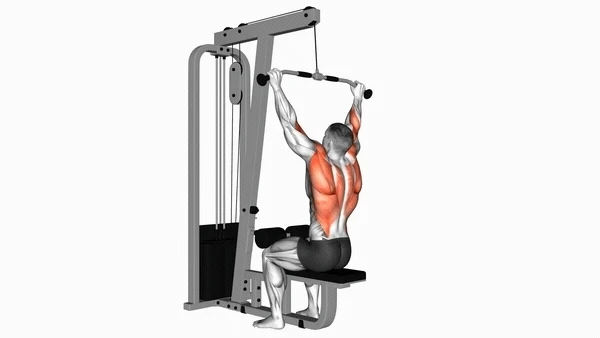
Close Grip vs. Neutral Grip Pulldown: What's the Difference?
The main difference between a close grip and a neutral grip pulldown lies in hand positioning:
Close Grip: Hands are close together, usually 6-8 inches apart, with palms facing each other.
Neutral Grip: Hands are typically shoulder-width apart, with palms facing each other.
While both target similar muscle groups, the close grip may allow for a slightly greater range of motion and can be more comfortable for those with shoulder issues. The neutral grip, on the other hand, may feel more natural for some and can be easier on the wrists.
Close Grip Pulldown vs. Seated Row: Understanding the Differences
Both exercises are excellent for back development, but they target the muscles slightly differently:
Plane of Motion:
Close Grip Pulldown: Vertical plane, pulling downwards.
Seated Row: Horizontal plane, pulling towards your torso.
Primary Muscles:
Close Grip Pulldown: Emphasizes upper lats and teres major.
Seated Row: Focuses more on middle back, rhomboids, and lower lats.
Secondary Muscles:
Close Grip Pulldown: More bicep involvement.
Seated Row: Greater engagement of posterior deltoids.
Functional Carryover:
Close Grip Pulldown: Mimics pull-up motion, beneficial for vertical pulling strength.
Seated Row: Translates well to everyday pulling movements and improves posture.
Ideally, both exercises should be included in a well-rounded back training program for comprehensive muscle development.
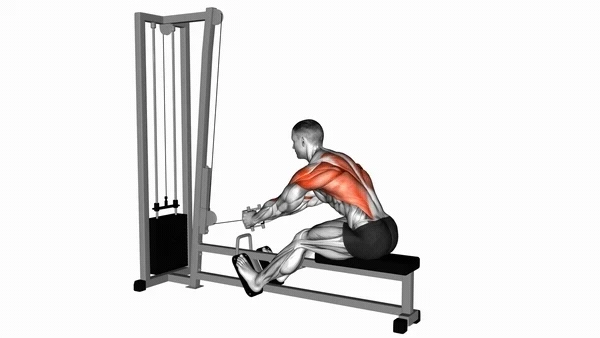
What Grip is Best for Lat Rows?
The "best" grip for lat rows can vary depending on your goals and preferences, but here are some popular options:
Overhand Grip: Standard grip, great for overall back development.
Underhand Grip: Emphasizes lower lats and involves more biceps.
Neutral Grip: Comfortable for many, balances lat and rhomboid engagement.
Wide Grip: Targets outer lats, contributing to back width.
Close Grip: Allows for a greater range of motion, potentially increasing muscle activation.
For optimal results, consider rotating between different grip styles to target your back muscles from various angles.
Close Grip vs. Wide Grip: Which is Better?
The close grip vs. wide grip debate is common in strength training circles. Here's a breakdown of each:
Close Grip:
Allows for a greater range of motion
May be more comfortable for those with shoulder issues
Can emphasize the lower lats more
Often allows for heavier weights to be used
Wide Grip:
Targets the outer lats more directly
Can contribute more to back width
Reduces bicep involvement
Mimics the motion of wide grip pull-ups
Is one better than the other? Not necessarily. Both have their place in a well-rounded back training program. The key is to incorporate variety in your workouts to stimulate your muscles from different angles and prevent adaptation.
Are Close Grip Rows Good for Lats?
Absolutely! Close grip rows, whether performed with a barbell, dumbbells, or on a cable machine, are excellent for lat development. They allow for a full range of motion and can help create thickness in the back. The close grip position in rows can also help engage the lower lats more effectively.
Is Close Grip Harder Than Wide?
Whether close grip or wide grip exercises are harder can depend on individual factors:
Close grip exercises often allow for heavier weights due to the shorter lever arm.
Wide grip exercises may feel more challenging due to the increased stretch on the lats.
Some people find close grip more natural, while others prefer wide grip.
The difficulty can also vary based on the specific exercise. For example, close grip pull-ups are often considered easier than wide grip pull-ups for most people.
Is Close Grip Better Than Wide Grip for Back Exercises?
Neither grip is universally "better" – both have their advantages:
Close Grip Advantages:
Greater range of motion
Often allows for heavier weights
Can be easier on the shoulders
Wide Grip Advantages:
Potentially greater lat spread activation
Reduced bicep involvement
Mimics natural pulling motions
The best approach is to incorporate both grip styles into your training for comprehensive back development.
Can You Lift More with Close Grip?
In many cases, yes. The mechanical advantage of a closer grip often allows for heavier weights to be lifted. This is due to:
Shorter lever arm, reducing the overall work required
More involvement of arm muscles (biceps and triceps)
Often a more natural and comfortable position for many lifters
However, it's important to note that using heavier weights doesn't always equate to better muscle activation or growth. The key is to use a weight that allows for proper form and full range of motion.
Wide Grip vs. Close Grip Pull-Ups: Which Should You Choose?
Both wide grip and close grip pull-ups are valuable exercises for back development:
Wide Grip Pull-Ups:
Emphasize lat width
Reduce bicep involvement
Can be more challenging for most people
Close Grip Pull-Ups:
Allow for a greater range of motion
Often easier to perform more repetitions
Engage more of the lower lats
For optimal results, incorporate both variations into your routine. If you're new to pull-ups, starting with close grip might be easier as you build strength.
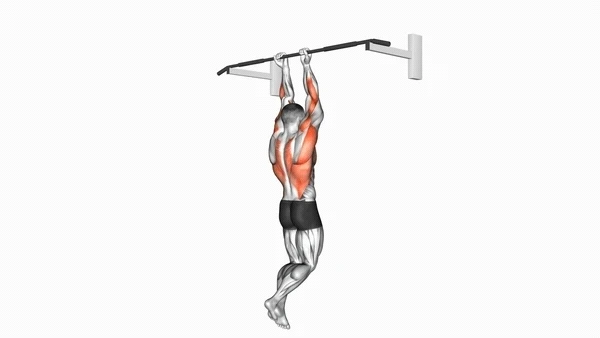
Is Close Grip Better for the Chest?
While close grip is typically associated with back exercises, it can also be beneficial for chest training, particularly in exercises like the close grip bench press. The close grip bench press targets the lower portion of the chest more than the standard grip and also heavily engages the triceps.
However, for overall chest development, a mix of grip widths is ideal. The traditional shoulder-width grip on bench presses and flyes remains excellent for overall chest activation.
Incorporating Close Grip Lat Pulldowns into Your Routine
To get the most out of close grip lat pulldowns, consider these tips:
Frequency: Perform 1-2 times per week as part of your back workout.
Sets and Reps: Start with 3-4 sets of 8-12 reps, adjusting based on your goals.
Placement in Workout: Do them after compound movements like deadlifts or rows.
Progressive Overload: Gradually increase weight or reps over time to continue seeing progress.
Variation: Alternate between close grip, wide grip, and neutral grip pulldowns for comprehensive back development.
Sample Back Workout Including Close Grip Lat Pulldowns
Here's an example of how you might structure a back workout that includes close grip lat pulldowns:
Deadlifts: 3 sets of 5-6 reps
Bent-Over Barbell Rows: 3 sets of 8-10 reps
Close Grip Lat Pulldowns: 3 sets of 10-12 reps
Seated Cable Rows: 3 sets of 10-12 reps
Face Pulls: 3 sets of 12-15 reps
Remember to warm up properly and listen to your body, adjusting the workout as needed.
Conclusion: Unlock Your Back's Potential with Close Grip Lat Pulldowns
The close grip lat pulldown is a versatile and effective exercise for building a strong, well-defined back. By understanding its benefits, mastering proper form, and incorporating it strategically into your workouts, you can take your back training to new heights.
Whether you're aiming to build that coveted V-taper, increase your pulling strength, or simply add variety to your routine, the close grip lat pulldown has something to offer. Remember, the key to optimal results is consistency, proper form, and a well-rounded approach to training.
Ready to transform your back and overall physique with expertly designed workout plans? Get started with Tidalflow today and experience personalized AI-powered training that adapts to your goals and progress. Your dream physique is within reach – let's build it together!
You should not have to do it all on your own



